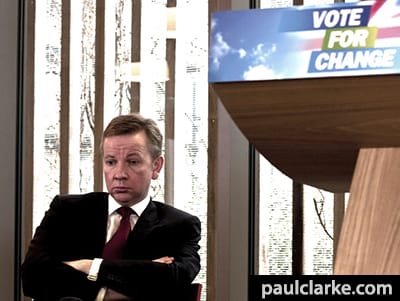Rational expectations
Sid the Slug was the one that stuck in my mind the most. That wasn’t the name of the site, of course – Sid was the molluscular star of www.salt.gov.uk – long since defunct, but it encapsulated the problem. Government…
The People Photographer
The People Photographer
Sid the Slug was the one that stuck in my mind the most. That wasn’t the name of the site, of course – Sid was the molluscular star of www.salt.gov.uk – long since defunct, but it encapsulated the problem. Government…
In which I present an entirely un-asked for, unscientific and unsourced take on the last 25 years of digital government with some reference to the Cummings tornado that’s sweeping in. It breaks my rules on blogging word counts by some…
Douglas Adams got there first, of course. He usually did. In a universe where past and future lost their rigid meanings, and time was as capable of twists and reverses as any spatial dimension, Adams gave us Dr Dan Streetmentioner.…
I can’t even – and neither can they… Yes folks, it’s back again! The Queen’s Speech today promises yet another Mumsnet/Mail pleasing crackdown on one-handed websurfing – age verification! Ha, brilliant – so obvious – all we have to do…

How do you make something freely available so that anyone can use it, but also build sustainable businesses on top of it? It’s an aspiration that drives Wikipedia, innumerable open web projects and, in recent years, the thrust of releasing…
Remember the first day at school? You made all those new friends? You didn’t really have to do anything after that, for 5 or 7 years or whatever. They were just there. Your relationships with your peers changed, you got…
Shall we just do it? Just build it and get this over with? We have it anyway, don’t we? Just in a distributed and not-very-accountable way. So why not do it properly? The stuff I wrote yesterday about registers is…
I’ve got out of the habit of blogging. The problem with that is that posts grow, anyway, inside my head. If they aren’t tended, they tangle furiously, and before you know it you’ve got Sleeping Beauty’s garden to hack through…
It took me a while to work out what was bothering me about the election campaign. Of course it’s also what’s been bothering me every day, in relation to politics. The issues that we’re told will decide the election? The…
I have just written this business case in five minutes. Go on, knock it over! [Spoiler: the update lower down is where it gets knocked over, in some style!] Problem: Millions of people have no idea when their MOT expires.…

It’s the morning after the poll before. I’ve just read an interesting James Ball piece on why the lack of exit polling was a Bad Thing. At first I thought it was going to be a journalist’s lament that journalists…

It’s quiet at Broadcasting House on a Saturday morning. Once you’ve found the right entrance, a security pass is pushed into your hand, then you’re led up to an empty corridor – reminiscent of a thousand council offices – to…